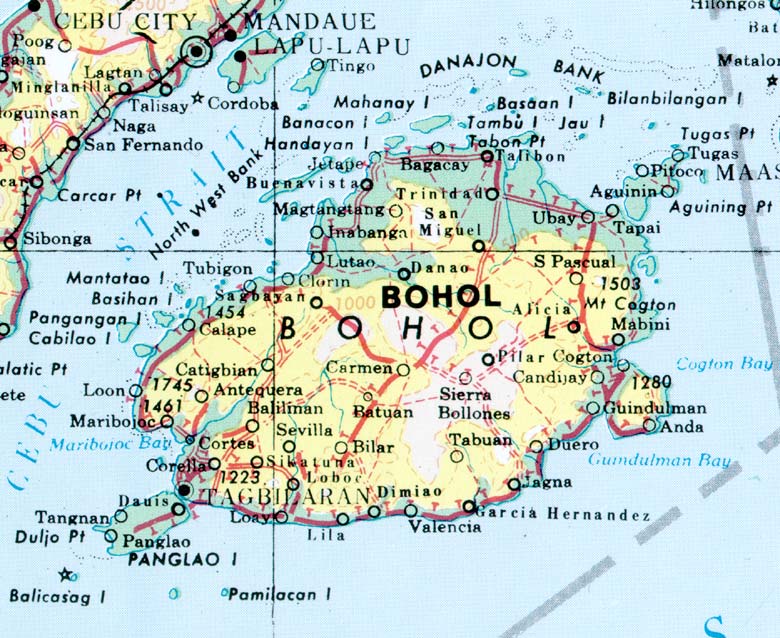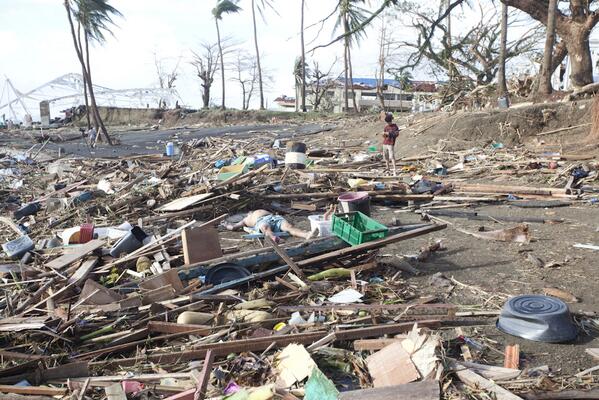
In 2007, when I was in the middle of trying to launch a record bid for the youngest solo circumnavigation, a very determined Canadian sailor was making his way around the world the hard way round. In all recorded history, only five sailors had sailed around the world against the prevailing winds and currents, and no one from Canada, or anywhere other than Europe for that matter, had ever successfully completed the voyage.
Glenn Wakefield, a middle aged sailor from BC, left Victoria on September 23rd of that year in his sailboat
Kim Chow, and made a voyage south to New Zealand, and then upwind through the world's roughest seas passing four of the five great capes, Stewart Island, Southeast Cape, Cape Leeuwin, and the Cape of Good Hope. It was an incredible act of seamanship, especially considering his boat was significantly smaller than any other that had made the attempt, and it wasn't an expensive, highly sponsored journey.
He was nearing the greatest cape of them all, Cape Horn, with the southern winter fast approaching when disaster struck. In horrendous seas,
Kim Chow was severely damaged and Glenn's only escape pod, his liferaft, torn off the boat. With his family and loved ones back home in mind, Glenn made the only responsible decision at the time which was to abandon the voyage. In a brave rescue by the Argentine vessel
Puerto Deseado, he was taken to Ushuaia, and from there made his way home.
But that wasn't the end of the story. This fall Glenn left Victoria again on a new boat
West Wind II, which he had prepared for another circumnavigation with the lessons of the first trip in mind. So far everything is going well, and 70 days into his journey, he has rounded Stewart Island and is making his way into the southern ocean for another round. Glenn writes:
Position: 48.04 S, 163.50 E
Just as I thought, it was quite a night....I hung on to the yankee with the pole out running downwind till
midnight. Then the wind shifted from northeast 25k to northwest 25 so
after rolling in the yankee to the forestay I released the topping lift,
lowering the pole to just inside the pulpit, released the sheet and the
down haul from the pole then went back to the mast and hoisted the pole
up the mast and secured it to the deck. I rolled out the stay sail to
port with the main still down. Rolling out the stay sail also requires
setting the running back stay on the windward side. The back stay adds
support in the opposite direction to the pull on the stay sail furling
gear which is set about half way between the spreaders and the top of
the mast...I’m up two more times before dawn getting fully suited up each time
before going on deck. Dawn has come and gone and I have had a cup of hot
chocolate and radioed my position to Meri in Bluff on Fisherman’s
radio. I ‘m going to make my oats now. There is still a gale blowing
outside and the main halyard has taken it upon itself to drum out a
constant rhythmic “rat-a-tat”, “rat-a- tat”, just to add a little more
drama to the scene...I’ve been reading Alec Roses’s book My lively Lady about his trip
around the world in 1964. He had a stuffed bear on board, whose name
escapes me, but it became the other voice in his head who was constantly
wanting to pull in everywhere and give up. He talks quite openly about
it. I have to admit I have that same voice wanting to pull in and go
home. I thought turning the corner and heading for Tasmania would have
shut him up … I think it’s normal to have those thoughts. The size of
this voyage is hard to put into perspective.
Course 350 T
Speed 4 knots
Wind W 25 knots
Waves W 3m
Cloud 75%
Temp 11 C
Baro 1006
Miles in last 24 hrs: 105 nm
So fair winds to Glenn and
West Wind II! You can follow his journey on his website
glennwakefieldaroundtheworld.com.











